Dark photography is a type of photography that predominantly contains dark color and tones. It conveys atmosphere and mood and brings instant drama to an image. If you want your images to appear dramatic and full of mystery, then you should incorporate dark photography into them.
Dark photography can be a challenge to master for both the novice and the experienced. Shadows are the primary element of the composition in dark photography. And just like most types of photography, it is mostly about illumination and elimination. If you want to experiment with dark photography, here are some great dark photography ideas to get you started.
1. Dark Food Photography
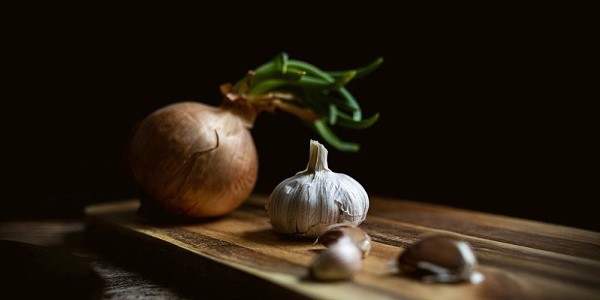
It’s important to consider the purpose of your image before taking dark photographs of food. Remember that a dark style will not necessarily suit every food image. Sometimes, a dark and shadowy approach may not be appropriate to the story that you are trying to convey.
Props, styling, lighting, and camera settings must all work together to encapsulate the story that you wanted to communicate. The idea is to keep the background in shadow and draw the attention of the viewer to the main subject. Using a selection of dark props, backgrounds, and surfaces is vital to this form of photography. Avoid using plain white dishes and props since they can draw the eye away from the food and produce too much contrast. They are also somewhat distracting and can be difficult to expose.
When sourcing props for your dark food photography, opt for vintage utensils that have a patina. These utensils do not reflect light as much as the new ones. Matte dishes in dark and neutral tones are also great since they are less reflective. The best places to look for these props are in vintage or flea markets and thrift shops.
2. Dark Sky Photography
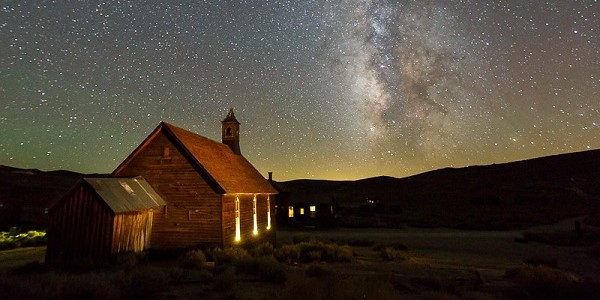
Night sky photography is one of the most popular dark photography ideas that is becoming more and more popular these days, particularly on Instagram, where you will find several stunning images of star fields and the Milky Way. These images might look highly polished taken by experienced photographers, but they are actually a result of the advances in modern cameras.
When taking dark sky photography, you can use any camera that lets you adjust the ISO, shutter speed, and aperture. However, a compact DSLR with a one-inch sensor often yields the best results, and this is often the case if you wanted to capture images of the Milky Way. Since you need the camera to stay still as possible in order to take long exposures, you also need a sturdy tripod. Another tool to use is a torch that has a red light mode, which helps you to preserve night vision. It’s also a good idea to lower the brightness of the LCD to avoid a blinding glare.
3. Dark Moody Photography
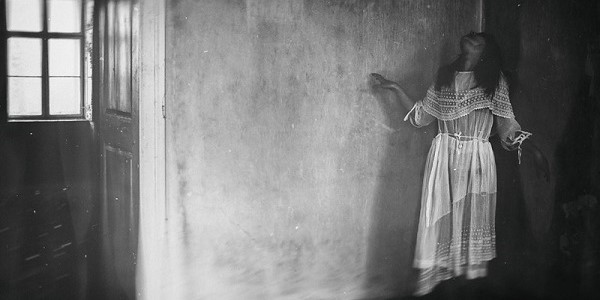
Dark moody photography is the next dark photography idea which is all about capturing intense emotions. This is a great genre to use when taking touching and thought-provoking images of people. But take note that moody photography is not always about taking gloomy and upsetting photos in any way. You can capture a smiling person and still end up with a dark moody photo.
Some factors that play a significant role in dark moody photography are the lighting, angles, and concepts. By simply altering one part of the image, you can turn it into something with a different depth and meaning. Every moody photo should come with a story. You can read short stories to help you visualize your photoshoot. Some of the most common themes for dark moody photography are unrequited love, curiosity, and yearning. Once you have a story or concept in mind, it will be easier to capture stunning dark moody photographs.
4. Dark Portrait Photography
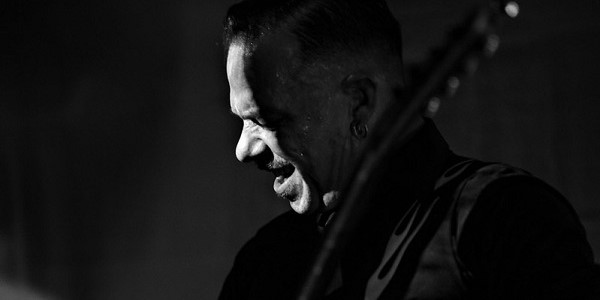
Dark portrait photography is the type of portrait photography that is mostly dark. Instead of conveying light and airy feel, these images convey a more moody and dramatic look. In most cases, this genre of photography is being used in posters of thrillers and action movies.
In dark portrait photography, the background should be dark. Your subject’s clothing must also be in a dark hue, although black clothes are not always necessary. Avoid clothing with patterns because this will draw the attention away from the face of the subject.
You do not need to use artificial lighting for your dark portrait photography. Take advantage of the natural light from the windows. However, to control the natural light, close the curtains down to a very small slit. And when the room lights are switched off, capture your model in the light and expose for their face.
5. Dark Wildlife Photography
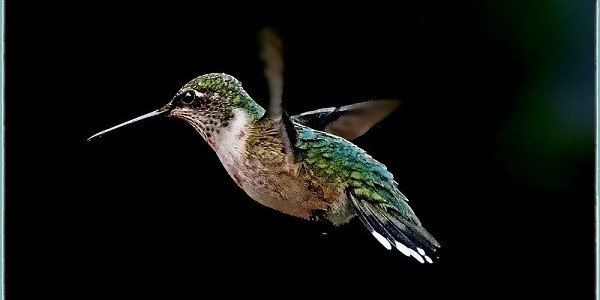
Dark photography can also be applied when taking photographs of nocturnal species in the wild. Most wildlife photographers are keen to capture lions and elephants during the day, and only a few are brave enough to venture into the night and take photographs of nocturnal species like civets, owls, foxes, and bats.
It can be extremely challenging to photograph the wild at night. When heading out into the bush at night, you will be entering a completely different world. During this time, predators are more active and, except for the moon, visibility can be non-existent. In this case, you can rely on the headlights of a car and your spotlight in spotting your subjects.
Sure, taking dark wildlife photography can be extremely challenging, but if you know the right camera setting, then the experience can be rewarding. When it comes to the shutter speed of your camera, aim for 1/80th to 1/150th sec. As for the aperture, try to go as low as you can. Aim for 3200 for the ISO, but be prepared to go up to 6400 if needed. It’s a good idea to perform an ISO test beforehand so you will know what this will look like in your camera.
6. Dark Landscape Photography
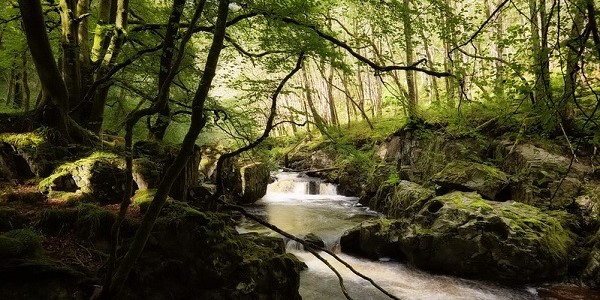
Dark landscape photos are more powerful and thought-provoking compared to the typical landscape images. The best way to capture dark landscapes is to do it under perfect weather conditions and look for excellent landscape views. Of course, you also need to have the right camera gear and equipment to capture the best views.
Most landscape photos feature powerful subjects, such as thick forests and mountains. Look for a location that will give you a full view of the landscape that you want to capture. Shooting from a low angle will make the landscape look even more superior and powerful, which intensifies the moodiness that you are trying to convey in your shots.
Another way to capture the best images for your dark landscape photography is to schedule it during cloudy, rainy, or foggy days. If you want to capture pictures under the rain, then don’t forget to bring covers for your equipment.
There is no limit to what you can capture dark. You can come up with your own dark photography ideas and go for it. Sky is the limit here, really!
